Graham Reid | | 6 min read
Old Brown Shoe (take 2)
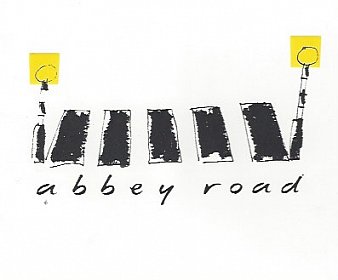
Despite whatever personal issues they had between them, when the Beatles got together in the studio with a real focus – as they did for this album -- they not only played well but, in the words of the old school reports, played well with others.
In Part One we looked at the background to the making of what was to be their final studio album (remixed and expanded on its 50thanniversary), and in Part Two we considered the double CD edition which had the remixed album on one disc and a collection of different and sometimes extraordinary studio takes in the same running order as the original album on another.
This time we look at the even bigger iterations of the reissue, starting with the three vinyl record set.
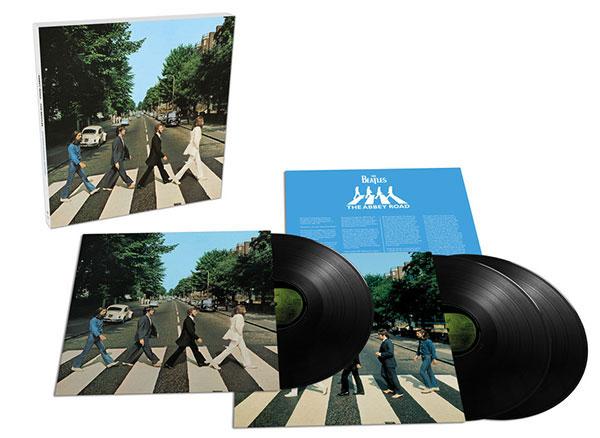 DELUXE 3LP VINYL BOX SET (limited edition)
DELUXE 3LP VINYL BOX SET (limited edition)
The first record in the box is Giles Martin remix (as per the double CD edition) but on the other two records, in addition to all that is on the second of those CDs, are other songs and takes.
If the second CD disc made sense by having the different takes in the same running order as the original album, then the two other albums in the three record set are more bewildering.
That's because the songs are presented in the chronological order of their recording, so the first track is that almost overpowering mix of I Want You followed by McCartney's home demo of Goodbye (which Mary Hopkins recorded), then Harrison's studio demo of Something, then Ballad of John and Yoko and Harrison's Old Brown Shoe.
 Three of those five were not on Abbey Road.
Three of those five were not on Abbey Road.
Until you click to the chronology, there is no apparent reason for having the different takes of The End immediately after Come Together at the start of the third record, or the different Her Majesty takes after Octopus' Garden on the second side of the second record.
The running order of these “sessions” tracks on the vinyl takes a little more work so Elsewhere would commend the double CD Deluxe version to the casual and more than mildly curious.
The vinyl version is for the more serious collector.
The additional material on the records (and at Spotify) includes The Ballad of John and Yoko with just Lennon and McCartney on a take of Lennon's autobiographical piece (which was subsequently released as Beatles' single).
Ringo was away filming and Harrison not around so the two of them just went for it, and earned the approval of their absent members.
Should anyone doubt there was still affection between these members the intro is funny: Lennon refers to McCartney on drums as “Ringo” and he replies “Okay George”.
Two days later Lennon, McCartney and Harrison were together in the studio for Harrison's Old Brown Shoe: Lennon on piano, McCartney on drums again and Harrison on vocals and guitar.
What is interesting is that despite the fact this was just a second take (and it does break down a bit in places) the whole arrangement was there even at that point. And Harrison's vocal confidence is noteworthy. Most commentators have said he was frequently nervous when singing his material in front of the others, but this take would deny that.
Also here is McCartney's demo of Goodbye gifted to Hopkins and which went to number two on the UK charts. You can hear his signature acoustic sound which would appear on his debut solo album and songs like Another Day. It's a slight and archetypal McCartney pop ballad.
And here too is his demo of his Come and Get It (remixed from the Anthology 3 version) which he handed to the Iveys (who became Badfinger and used this to relaunch their career) and insisted they record exactly as he did it.
“Please don't change this. I can guarantee it's a hit,” he told them.
They didn't . . . and had a hit.
Perhaps of most interest is what they were calling in the studio The Long One, essentially that whole sequence of songs and fragments on Abbey Road's second side.
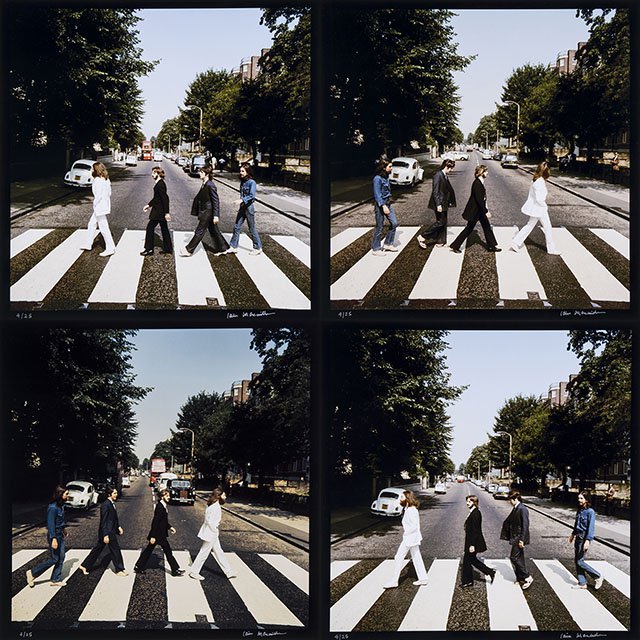 They appear here in a trial edit and mix with Her Majesty between Mean Mr Mustard and Polythene Pam, which made sense given Mustard mentions the queen and “his sister Pam” (she was Shirley in Lennon's first version also heard separately here).
They appear here in a trial edit and mix with Her Majesty between Mean Mr Mustard and Polythene Pam, which made sense given Mustard mentions the queen and “his sister Pam” (she was Shirley in Lennon's first version also heard separately here).
This slightly raw version of those linked-together songs – different vocals and minor embellishments would be added – probably doesn't add much for casual listeners but it is odd to hear that new running order, like discovering the Mona Lisa originally had a moustache but Leonardo took it off and gave it to Marcel Duchamp.
Finally there are two instrumental-only tracks for Something and the Golden Slumbers/Carry That Weight segue which showcase George Martin's arrangements . . . and son Giles' clever double tracking of the strings and brass on the latter which were in mono on the original album.
In a box with the same short introduction by McCartney and Martin, and notes on the sessions songs as in the double CD set, this is a handsome set for vinyl aficionados. The cover shot of the double records of the sessions has them walking back across Abbey Road.
 SUPER DELUXE EDITION (3CD + 1 Blu-ray set; digital audio collection)
SUPER DELUXE EDITION (3CD + 1 Blu-ray set; digital audio collection)
This is the one for serious collectors and fans. The box houses a large format hardback book which repeats the short essays by McCartney and Giles Martin in the other booklets but also has an extended track-by-track breakdown to the background and recording of each of the song with cross-reference to the “sessions” versions. It is thorough if nothing else.
There are also numerous black'n'white and colour photos, facsimiles of the hand-written lyrics, musical scores . . .
The three CD discs are of the same music and running order as the triple vinyl set and for the audiophile the Blu-Ray audio disc of the album comes with Dolby ATMOS, 5.1 stereo and other options.
It's a great test for the your TV's sound system.
We will close by repeating something we also mentioned previously: Abbey Road reminds you of what a unique and inventive drummer Ringo Starr was.
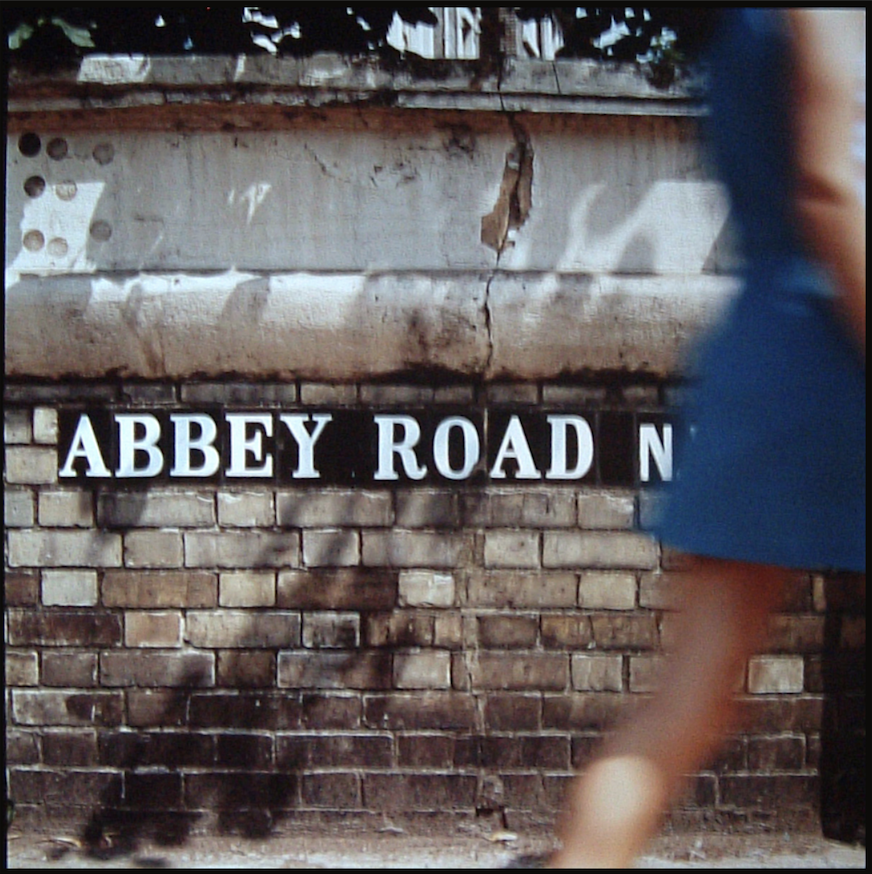 AND IN THE END . . .
AND IN THE END . . .
The last time all the Beatles were in the same studio was on August 20, 1969.
Abbey Road was released in September, and fewer than seven years before the Beatles had arrived at the studio to record Love Me Do, their first single.
After Abbey Road was released there was the dissolution into solo projects and eventually Let It Be would appear as a weak coda to a remarkable career full of musical, lyrical and invention which has been unequaled.
Ironically it was McCartney – the only one who hadn't left the band at some point in the previous year – who announced the break-up of band at that time.
As Lennon observed, it was like one guy standing alone on the stage shouting, “That's it, I'm leaving”.
Abbey Road, their final studio album and the most contemporary sounding – which pointed the way into hard rock, soft rock and perhaps in that pastiche of songs and styles on the second side even prog-rock – was where the career really ended.
At the time of its release George Harrison was still only 26.
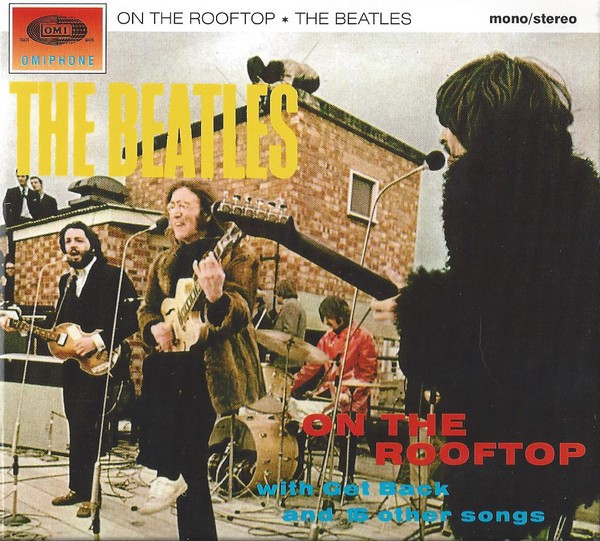 AND AFTER THE END?
AND AFTER THE END?
Where to now for the Beatles in reissue? With Sir Peter Jackson working on a new doco based on footage shot for the Let It Be/Get Back sessions we could reasonably expect a set of remixes (and remasters of previously unpublished songs) to accompany that project. And doubtless the whole of the rooftop concert which was their final live appearance.
Much of this material has been floating around on bootlegs for decades but doubtless a spit'n'polish will be worth hearing.
And after that, who knows?
As we have said before, the Beatles career is the gift that keeps on giving . . . for Apple and their various Beatles estates and income streams.
You never give me your money, indeed.
Elsewhere has an article about the cover of Abbey Road here and an article about the studio itself here.
.

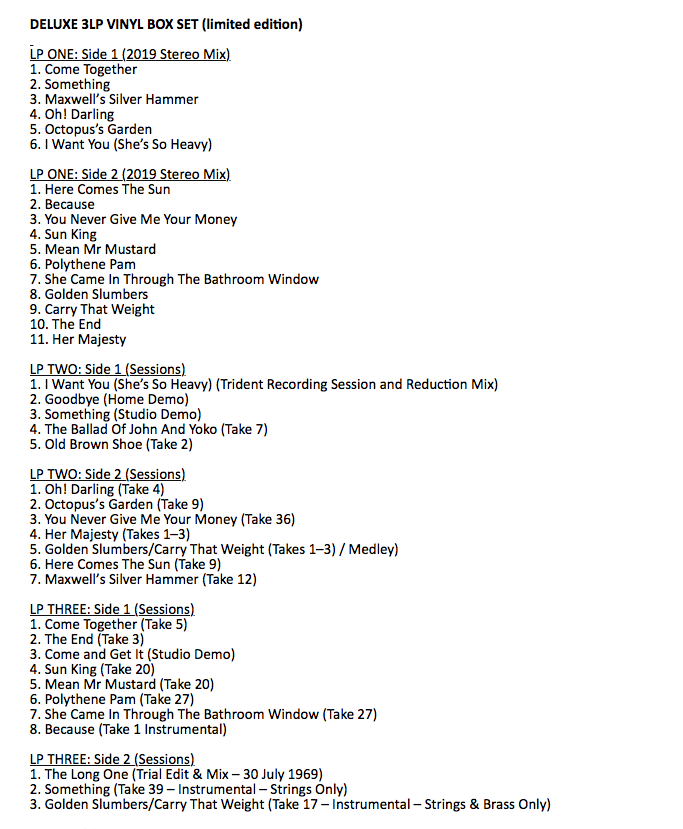
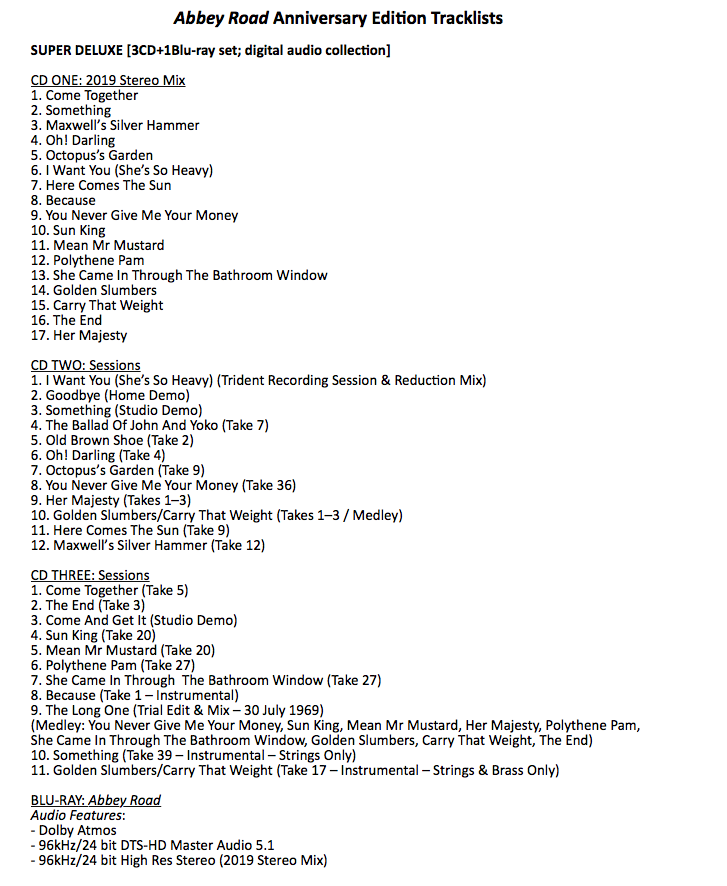

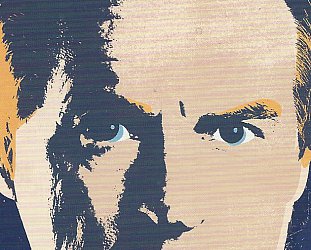
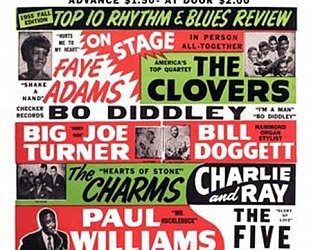
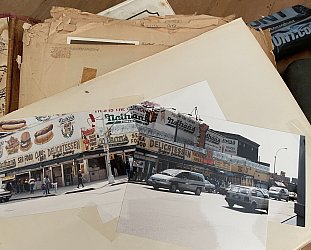

post a comment